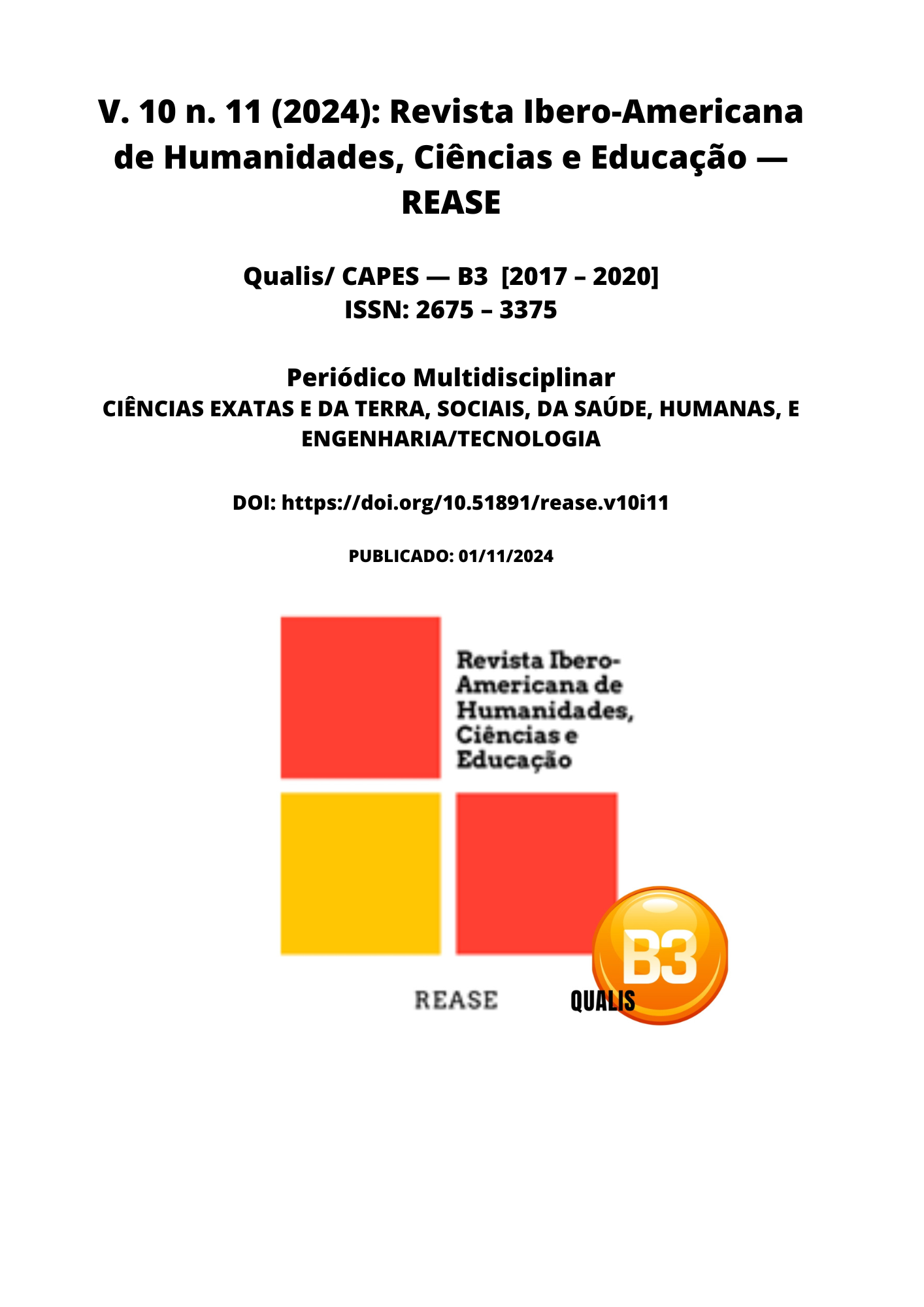PHARMACOLOGICAL TREATMENT FOR CHRONIC PAIN IN FIBROMYALGIA PATIENTS
DOI:
https://doi.org/10.51891/rease.v10i11.16811Keywords:
Fibromyalgia. Therapeutic management. Pharmacological treatment.Abstract
Fibromyalgia is a chronic pathology, with a high degree of psychiatric comorbidity and insufficiently detailed pathogenesis. Therefore, its therapeutic management is challenging, and pharmacological and non-pharmacological approaches have been suggested as treatment options. The objective of this study is to analyze the current level of evidence in favor of the pharmacological treatment of fibromyalgia. A literature review was carried out through the main medical databases using the descriptors "fibromyalgia", "chronic pain" and "pharmacological treatment", using the Boolean operator "AND". All articles published between 2019-2024 were included in the primary analysis. Pregabalin and duloxetine have been found to be the most evidence-supported pharmacological treatments for fibromyalgia relative to the pain component. Amitriptyline, gabapentin, and tramadol have also been studied in several clinical trials, but there is less evidence to support their use. Cognitive dysfunctions, sleep disorders, and mood disorders benefit from much less investigation in clinical trials, so no clear recommendation can be made about the superiority of one agent over another. Thus, the pain issue of fibromyalgia benefits from the treatment of anticonvulsant and antidepressant classes.
Downloads
Downloads
Published
How to Cite
Issue
Section
Categories
License
Atribuição CC BY

